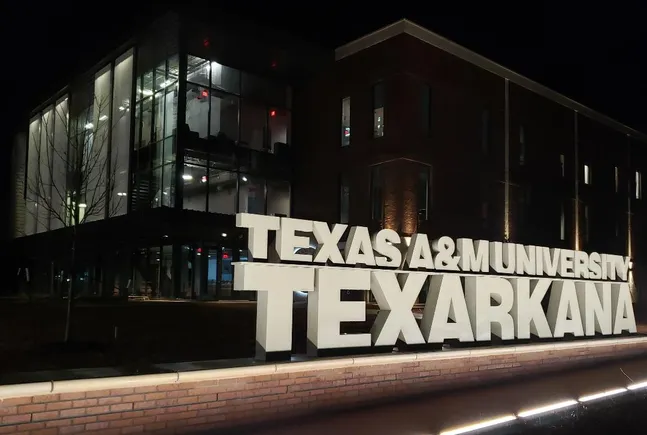The U.S. Supreme Court vacated and remanded Monday a federal court’s decision denying a Puerto Rico hospital’s challenge of a National Labor Relations Board rule that requires acquiring companies to bargain with the organized employees of the companies they acquire.
The court issued the decision in Hospital Menonita Guayama, Inc. v. NLRB on summary disposition without briefing or oral argument. It reversed the decision of the U.S. Court of Appeals for the District of Columbia Circuit, citing the need for “further consideration” in light of SCOTUS’ decision earlier this year in Loper Bright Enterprises v. Raimondo, in which the high court struck down its Chevron deference doctrine.
Hospital Menonita de Guayama challenged what is known as the NLRB’s “successor bar” rule. A union for employees of a hospital that had been acquired by Hospital Menonita de Guayama in 2017 alleged that it failed to recognize and collectively bargain with the union. The acquiring hospital claimed that the union had lost majority status and that NLRB’s stance on the successor bar rule had vacillated over time.
In February, the D.C. Circuit held in favor of the union, denying Hospital Menonita de Guayama’s challenge. The court’s opinion did not directly cite the Chevron doctrine, instead pointing to the Supreme Court’s 1990 decision in NLRB v. Curtin Matheson Scientific, Inc., which held that “a Board rule is entitled to considerable deference so long as it is rational and consistent with the [National Labor Relations Act], even if it represents a departure from the Board’s prior policy.”
But a concurring opinion by Judge Gregory Katsas of the D.C. Circuit did cite the Chevron doctrine. Katsas said that NLRB’s current successor bar rule was within the scope of judicial deference articulated by the Supreme Court in Chevron v. Natural Resources Defense Council. At the time of the case, the high court had not yet decided whether to overturn Chevron, but Katsas did not state whether he believed NLRB’s rule would survive if the court did so.
“I take no position on whether the bar would survive under de novo review in a post-Chevron world,” Katsas wrote. “I also agree with my colleagues that the Board has adequately explained the policy justifications driving its interpretive choice.”
The Supreme Court majority in Loper Bright held that courts must “exercise their independent judgement in deciding whether an agency has acted within its statutory authority,” a standard that could make agency regulations susceptible to legal challenges, sources previously told HR Dive.
Federal courts are already wrestling with Loper Bright’s effects on employment law. One employer challenged the U.S. Department of Labor’s 2019 overtime rule in the 5th Circuit, a case for which the court requested supplemental briefing following Loper Bright. The 5th Circuit ultimately upheld DOL’s salary basis test, stating that it was “not persuaded” that the agency did not have the authority to consider employee salary when determining overtime pay exemption eligibility.
The high court’s decision to remand is a welcome one for employers given that NLRB has been afforded deference by federal courts longer than most federal agencies, said Scott Witlin, partner at Barnes & Thornburg. Now that SCOTUS has asked the D.C. Circuit to revisit its successor bar decision, it could mean that other NLRB regulations, particularly those on which the agency’s position has changed between administrations, will be subject to review in the future.
“Employers want consistency more than anything,” Witlin said, adding that subsequent court decisions consistent with Loper Bright could cut down on the “whiplash” that employers have experienced on labor issues as the board’s political composition changed.






Leave a Reply